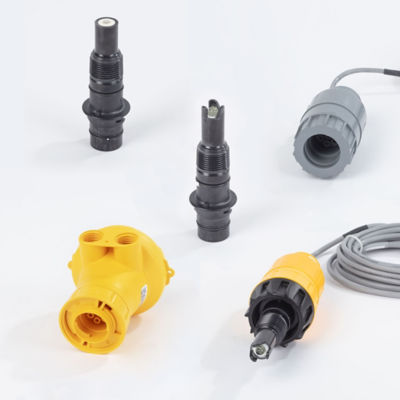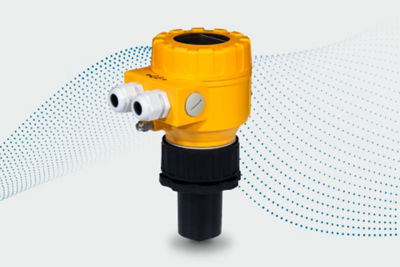
Project background
To source CO2, the company collaborates with biogas plants that separate CO2 from methane during biogas processing, which would otherwise be released into the atmosphere as a waste product.The captured biogenic CO2 is then fed into a carbonation reactor to let the CO2 react with calcium in the ash sludge. This process forms calcium carbonate, also known as limestone. After the carbonation process, the limestone is filtered out of the solvent and can be used in dierent industrial applications such as paper or PVC production, or the cement industry. In the future, a large-scale plant of this type will be able to produce 12,000 tons of limestone per year, which will be used as filler in concrete production. In the process, 5,000 tons of CO2 will be permanently bound – as much as 100,000 trees.
Selected technical solution
Due to the harsh environment in the reactor, Neustark chose to implement solutions for Process Automation from GF Industry and Infrastructure Flow Solutions, consisting of conductivity and flow sensors, pH electrodes, as well as the 9950 Six-Channel Transmitter. All components are designed to ensure long-lasting and accurate operation, including the pH electrodes, which feature a patented DryLoc® connector with corrosion-resistant, gold-plated contacts. At the same time, the 9950 Six-Channel Transmitter offers flexible data transfer thanks to modular sensor input and output options.
Achieved improvement
As pH values are one of the crucial parameters, Neustark now benefits from the durability of the pH electrodes which last up to twice as long compared to competitor products. The 9950 Six-Channel Transmitter is a central element within the application, displaying and outputting data via Modbus RTU to the local PLC. In addition, GF Industry and Infrastructure Flow Solutions assisted with the selection and implementation of the different sensors, as well as optimizing the measurements.







